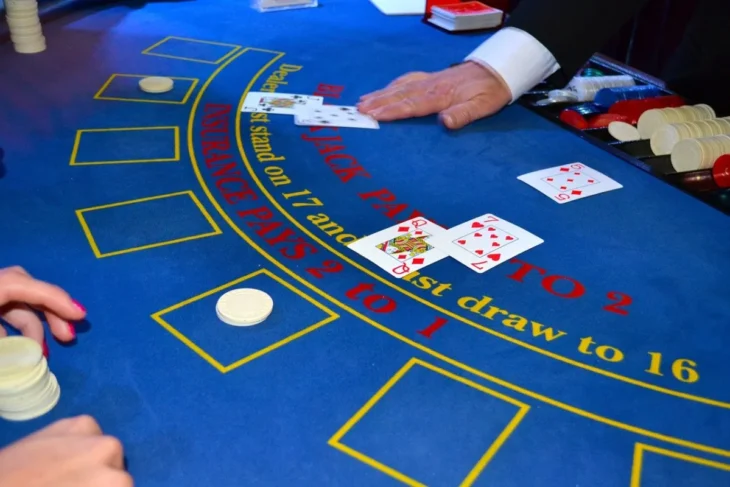
In the world of art and design, robots are widely known to be a hot topic. From AI to autonomous cars, Robo-advisors to automated assistants; robots are infiltrating our lives in new and exciting ways. In light of this rise in popularity, much has been written about how robots will change society. But what about their impact on art? The answer is quite a lot.
Take for example Hajime Sorayama, whose work blends Japanese manga with Western Art Deco ideals in his comic-like illustrations of anthropomorphic machines called “mecha” that are often based on women or animals. This blend of cultures has come to be known as “Japanimetic Art” or simply “J-Art”—and it’s not just limited to robotics.
What Is Japanimetic Art?
Japanimetic art is an art movement that blends the aesthetics of Japanese culture with Western art. Artists create works with stylistic elements such as bright colors, strong lines, and unusual imagery that reference traditional Japanese art styles. The subgenre of Japanimetic art known as J-pop places particular emphasis on the deliberate artificiality of these styles, to create a futuristic, tech-inspired aesthetic.
Hajime SorayamaAnd The History Of Japanimetic Art
The art movement is known as Japanimetic Art (J-Art) has had a significant impact on modern design in the past few decades. But, where did it all begin? J-Art traces its origins back to the 1960s when the Japanese illustrator Hajime Sorayama was asked by a magazine editor to incorporate robotics in a new and exciting way. Sorayama was inspired by the high-tech, modern imagery of his era, and he began to draw human-like figures that resembled robots.
Why Is J-Art So Popular Now?
The popularity of J-Art has been steadily increasing since the early 2000s, particularly among computer scientists and AI researchers. This could be because the imagery of Japanimetic Art is highly reminiscent of what you would find in a sci-fi movie: sleek, futuristic designs combined with bright, bold colors. So, it’s not surprising that people who are interested in technology are also interested in J-Art.
How Will Art Change In The Era Of Robotics?
Art and design that employs Japanimetic elements are often very futuristic, and representative of a “robot-like” aesthetic. This is because the themes and aesthetics of J-Art are heavily influenced by robots, which are a very prominent feature of any sci-fi story. The prevalence of robots in J-Art has led many artists to create works that celebrate and explore the nature of AI, as well as the shifting relationship between humans and technology.
This is particularly evident in the work of contemporary artist, Ruriko Yamashita, whose “Robot Series” features paintings of human-like figures with robot-like heads. These works explore the idea that humans are becoming more robotic through the incorporation of technology in everyday life.
Conclusion
There’s no denying that robots are having a significant impact on art and design, and it’s clear that this impact is increasing with each passing year. From the rise of Japanimetic Art in the 1960s to the popularity of J-pop in the 2000s, artists have been incorporating themes of robotics into their work for decades.
This may change in the future as AI evolves, and people’s relationship with robotics and technology continues to evolve with it. Already, we are seeing a shift away from the “futuristic” themes of J-Art towards something that is perhaps more “pragmatic”.



